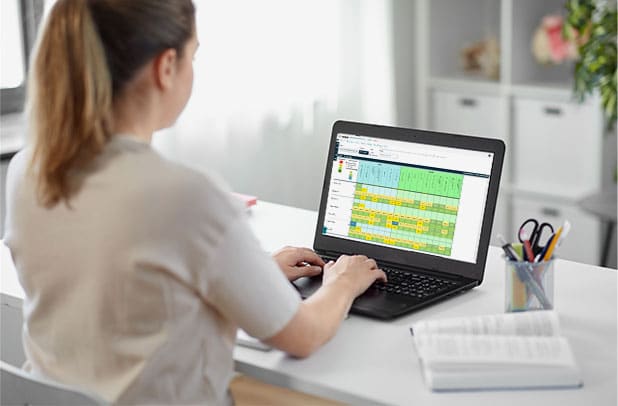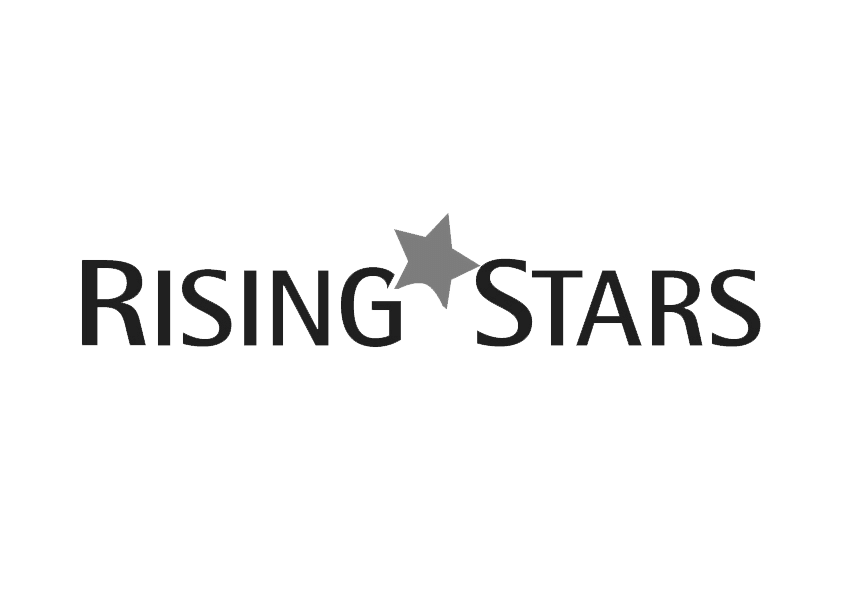With the effect of COVID in recent times being identified as having such a massive impact on mental health in schools, one would be quickly forgiven for thinking that schools are now seeking training for designated mental health leads to address these issues. This is in fact not the case and the world of education had woken up to addressing mental health before the word COVID was even heard.
The matter began with the 2017 document ‘Transforming Children and Young People’s Mental Health Provision: A Green Paper’, and the consultation was followed in 2018 with more detail around the recommendations. The documents described the need for a ‘senior post with a strategic responsibility for implementing a whole school approach’ and is now known as the Designated Mental Health Lead (DMHL). In 2019, there were some training courses made available, but this had to be curtailed with the advent of the virus and is only now beginning to be widely available once more.
It is not necessary to point out that the role is intended to improve mental health and provide support to pupils, students, and staff in education settings. However, it is worth unpicking the nature of the role as it is intended to be and the challenges faced in achieving it.
Let’s first consider the actual interventions and actions which would be present in a school proactively addressing mental health. There may be therapeutic support, counselling support, classroom education, teacher training, mental health first aid, cultural change…and many others. Characteristically, many of these require funding. Some larger primaries or secondaries may indeed be able to begin to provide a range of real support by buying in services. Standard and small primary schools, however, find themselves in a very different position. Cost effective solutions need to be sought and external interventions at least cost.
And there is the role of the DMHL: to coordinate the change in provision and to steer strategies for a change in culture. The role varies greatly between different settings but the goal is always the same: to build resilience in the organisation and provide better access to mental health support.
For further clarity, let us consider what the role is not. The DMHL is not the school mental health first aider, general counsellor or go to when things get difficult. This is easy to write, but, as any staff member in a small school knows only too well, this is very difficult to achieve. This could be because staff are so often having to fill multiple roles (the safeguarding lead also being the year 6 teacher and the SENDCO). It might be due to other roles not being filled and therefore once your name is attached to the mental health agenda, you are by default, going to have other issues presented to you. The people we are as teachers often means that rather than seeing a need unfulfilled for a child, we do it ourselves.
So, how to protect this vital role? How can we ensure that our DMHL is able to function effectively? Firstly acquire training to ensure the person can fully grasp their responsibilities – it will be easier to focus on the correct parts. Secondly, share that training with colleagues. By ensuring the whole school is aware of the agenda, what is being provided and what their own role is, then they are far more likely to drive in the right direction and all individuals are protected from excessive workload.
A parting thought: this role is designed to improve mental health for everyone – not to leave one very stressed individual attempting to save the world.
Author: Karen Thompson










